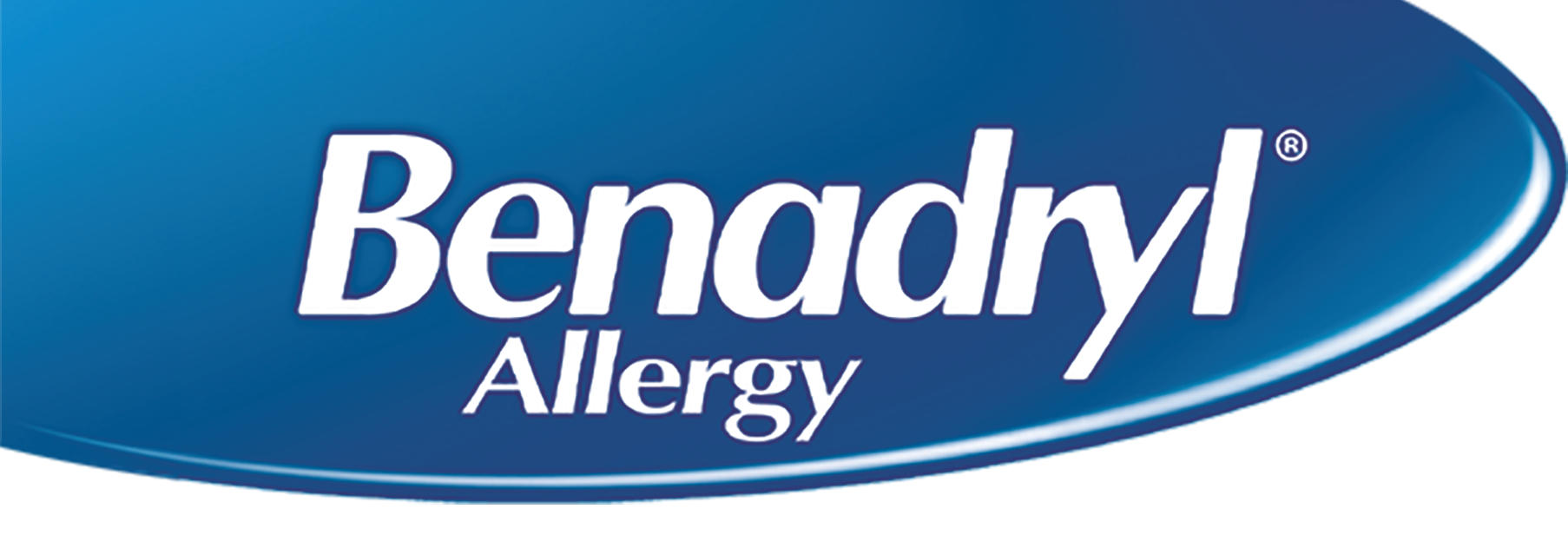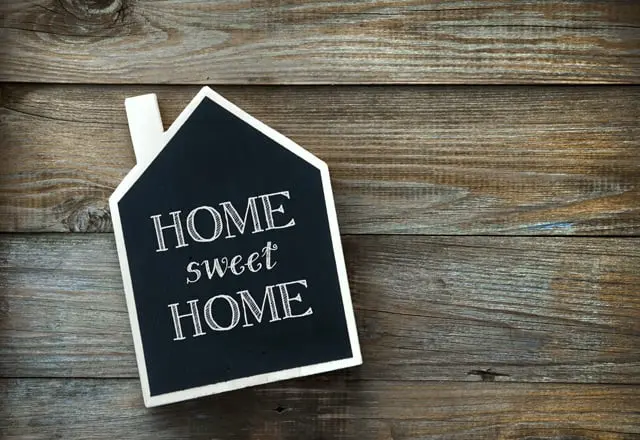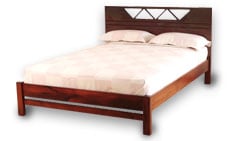
Dust and dust mite allergy
We can’t see them, but dust mites live amongst us. They are microscopic spider-like insects that are found all over the house, clinging to fabric, upholstery, bed linens, pillows and mattresses. The most common cause of indoor allergies is dust mites.
These insects, invisible to the human eye, live strictly indoors. They feast on the millions of dead skin cells that we shed from our bodies every single day. House dust is made up of many particles – fabric fibers, bacteria and dust mites.
As with all triggers, recognising them as the cause of your symptoms will help you to customise your management strategies for indoor allergens and allergic reactions to dust.
Tips for handling dust mites
Textiles
Minimize carpeting. Hard-surface flooring throughout your home is preferable.
Invest in technology
You can purchase specially made mattress and pillow protectors which guard against the mites.
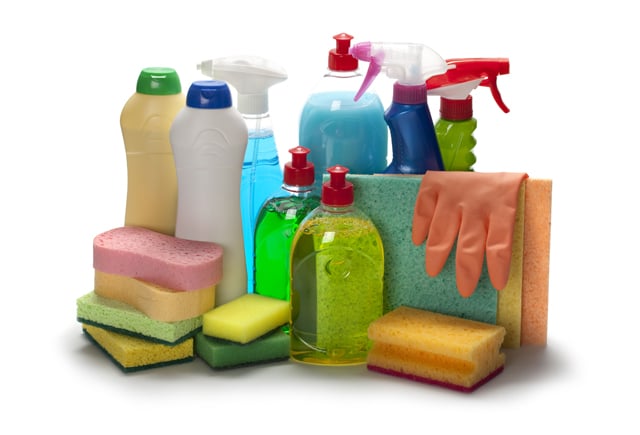
Clean regularly
Regularly clean, dust with a damp cloth, and wait for dust to settle before you vacuum.
Prepare
Wash sheets and blankets in hot water at least once a week to help reduce dust levels.
Prevent
Install a HEPA filter for air filtration and use a HEPA filter vacuum cleaner to filter out dust mites that live in your home.
Establish a routine
Professional steam cleaning of carpets is an effective way to reduce indoor allergens. It’s best to do this as part of your spring cleaning routine, before the start of allergy season.

Mould allergy
Although we usually associate hay fever allergy symptoms with plants and pollen, spores released by mould can often be a hidden enemy and can cause similar symptoms to hay fever. Mould is a common allergen found naturally outdoors, but it can also seep into your home in areas that are damp. The growth of mould tends to peak in late summer and run right until the autumn, depending on the dampness of the location.
The tiny, airborne spores of mould that cause allergic reactions may be found either indoors or outdoors and will grow in either setting if the breeding conditions are right: damp and dark is what they like. Recognising an indoor mould allergy is the first step to managing it. By eliminating the source of the mould you may solve the problem altogether.
To find out more on how to help manage your allergies click here.
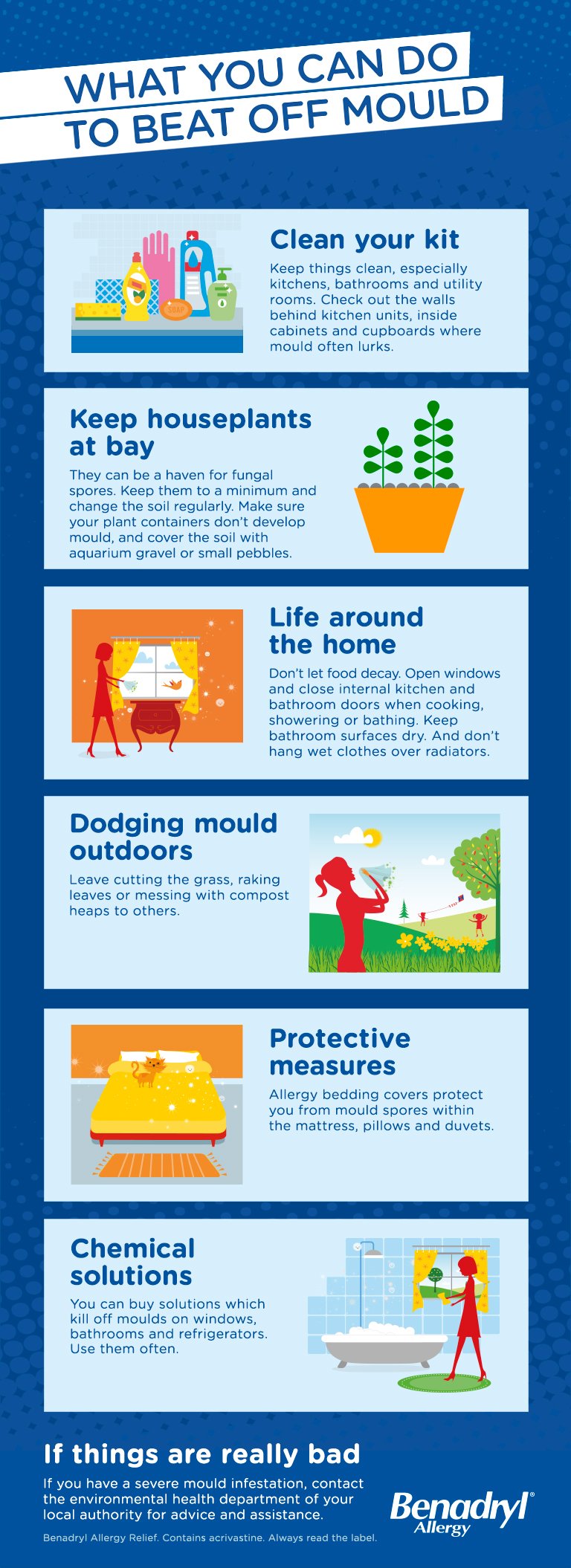
Tips for reducing indoor mould
Air quality
Keep humidity levels low with air conditioners and dehumidifiers.
Textiles
Avoid carpets and rugs in your home. If you do have some, low pile is best and steam clean them regularly.
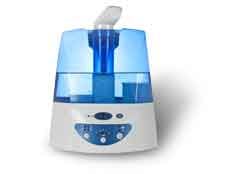
Invest in technology
Mould spores are exceptionally tiny and not readily trapped by standard air filters. To reduce airborne mould spores, install a HEPA air filter. It is capable of trapping air particles such as pollen, dust mites, mould, and pet dander through a fine filter. It can significantly reduce airborne particulate matter and indoor allergens in your home.
Prepare
When vacuuming, sweeping, or doing other housework around the house, you can kick up a lot of mould and dust build-up. Wear a mask to reduce your exposure. For hard-surfaced floors, sweep first, and then dampen them to minimize the dust floating in the air. Use re-usable micro-fiber cleaning cloths.
Prevent
Use cleaning solutions designed to kill mould and mildew.
Monitor
Check your home for visible leaks or moisture. Mould has a distinctive smell that may tip you off to a growth area. Check bathrooms, furnace rooms – any area that is poorly ventilated, dark, and has the potential to be damp – as they are breeding grounds for mould.
If you are still suffering from an indoor allergy you may require medication, Find out more about the allergy treatment options available to you.

Want allergy relief?
Take the quiz to find the right product to help treat your allergy symptoms.

Think all treatments are the same?
Explore different active ingredients that help relieve allergy. And find out which one is right for you.
